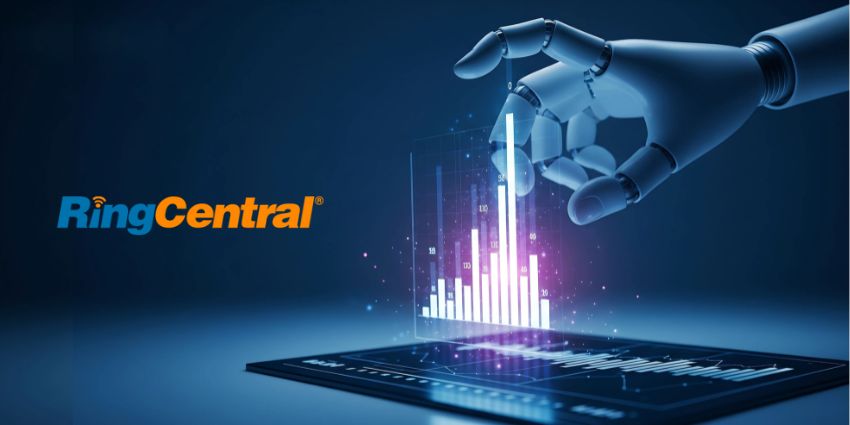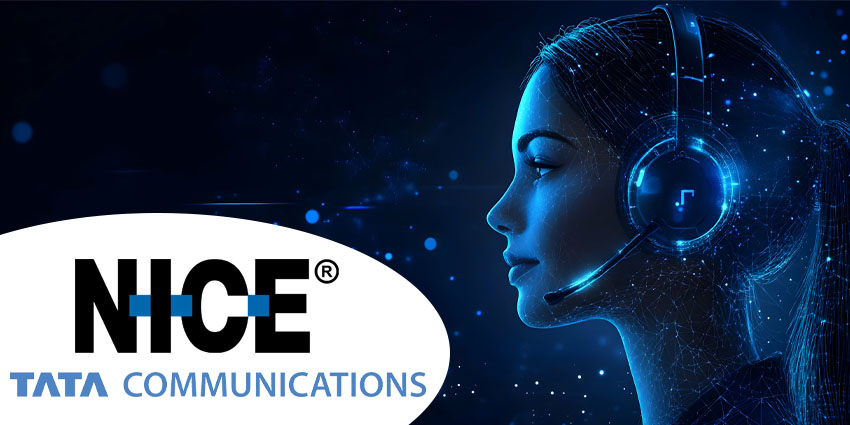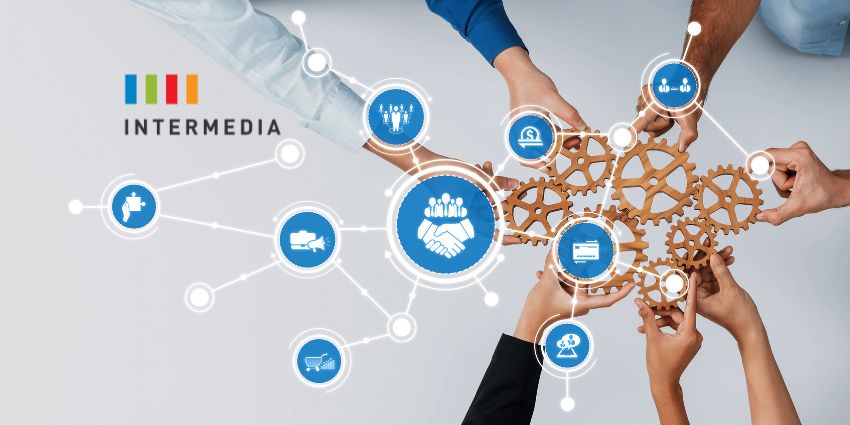The race to deploy AI in customer service has reached a fever pitch.
CCaaS providers have embraced the technology wholeheartedly, integrating AI offerings as part of their service.
One of the most coveted uses of it is AI chatbots. These AI chatbots are now capable of handling the lowest level of customer queries, taking that task away from human agents.
Yet, while enterprises race to deploy AI agents and chatbots, most neglect the infrastructure needed to monitor these systems effectively. Not doing so leaves them at risk of churn, compliance breaches, and a weaker understanding of their customers.
But how does this lack of observability manifest? To find out, we spoke with Michael Hutchison, Principal Customer Operations Division at eClerx, about the hidden dangers of unmonitored AI and why comprehensive monitoring has become essential for any organization deploying customer-facing AI.
The Governance Gap in AI Deployment
Companies are drawn to AI chatbots because the return on investment appears logical.
“AI investments often begin with customer-facing applications like chatbots, self-service, agent assist, etc., because the ROI is straightforward,”
Hutchison explains.
However, while customer service applications of AI chatbots are seen as front-end applications, their management is not.
“On the flip side, monitoring is seen as back-office governance. While it is critical, it’s far less flashy and exciting,” Hutchison says.
This mindset creates a dangerous misalignment. While AI systems scale rapidly across customer touchpoints, oversight mechanisms lag months or even years behind.
The result is what Hutchison describes as organizations scaling AI without control, creating vulnerabilities that can quickly erode any initial efficiency gains through compliance risks, customer dissatisfaction, and revenue leakage.
Why Traditional Quality Assurance No Longer Works
Although many companies have quality assurance in place, they are often not equipped to handle this new reality.
Today’s customers seamlessly move between phone, chat, email, social media, and messaging platforms, expecting consistent and emotionally intelligent service across every channel.
“Gone are the days of siloed interactions,” Hutchison notes.
This makes manual spot-checking, where a tiny sample of interactions are taken to assess the system as a whole, insufficient.
For instance, a chatbot suggesting outdated product bundles might appear as a minor issue in sampled reviews, but across tens of thousands of conversations in different channels, it represents millions in lost revenue.
Hutchison calls this “quality blindness,” a gap between what leadership believes is happening in customer interactions and reality.
When reviewing only 1-2% of conversations, critical issues remain hidden.
Similarly, early warning signs of customer dissatisfaction, such as repeated requests or subtle frustration cues, rarely surface in small samples, meaning organizations only discover problems after customers have already churned.
Beyond customer dissatisfaction, these issues could pose risks for AI chatbots being used in regulated industries.
Financial services and healthcare, for instance, face both legacy compliance obligations and an entirely new category of risks stemming from AI systems’ behavior.
Without comprehensive monitoring, AI chatbots can “drift” and unintentionally skip required disclosures about loan terms or HIPAA consent.
For reasons like these, Hutchison believes manual QA is no longer sufficient for those using AI chatbots.
“To truly deliver modern CX, organizations need AI-powered monitoring that sees every interaction, in real time, across all channels,” he says.
AI Monitoring of AI Chatbots
AI monitoring stands out as a way to bring AI chatbots under control.
Such tools enable companies to examine 100% of interactions, as opposed to spot sampling.
They take into account speech analytics, sentiment analysis, and omnichannel QA automation in one overview.
This can help companies see if small misfires from an AI chatbot are one-offs or repeated multiple times over various channels.
Hutchison explains how a streaming client of eClerx’s saw a 25% boost in subscriber retention after its AI monitoring discovered patterns that its sampling-based QA had completely missed.
“Customers attempting to downgrade or pause their subscriptions were often met with inconsistent guidance, depending on the channel or the agent they reached,” Hutchison explains.
“These inconsistencies weren’t showing up in the sampled QA reviews but were widespread enough to impact loyalty.”
Making Monitoring Your Competitive Edge
For executives accustomed to customer-facing AI tools that promise immediate transformation, AI monitoring might seem less compelling.
However, the return on investment is equally powerful when framed correctly.
Every mishandled interaction carries measurable costs in churn, compliance risk, or additional support volume. AI monitoring closes these gaps at scale.
“Improving first-call resolution by even a few percentage points can translate into millions in savings annually,” Hutchison notes.
Beyond cost reduction, comprehensive monitoring provides executives with real-time visibility into quality, enabling decisions based on current, complete data rather than outdated sampling reports.
Luckily for organizations that have already deployed AI chatbots, they need not start from scratch.
The practical first step involves baselining current capabilities, understanding what manual QA programs capture today, and more importantly, what they miss regarding AI-driven interactions.
From there, companies can systematically layer on comprehensive monitoring by identifying gaps, adding governance checkpoints for issues like hallucinations and bias, implementing analytics covering 100% of interactions, and creating shared accountability across compliance, risk, and customer experience teams.
As customer expectations continue rising and AI adoption accelerates across all industries, comprehensive monitoring is rapidly evolving from a nice-to-have capability into a competitive requirement.
Organizations that can consistently deliver high-quality, frictionless interactions will maintain significant advantages over competitors.







